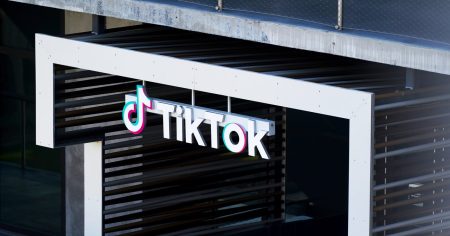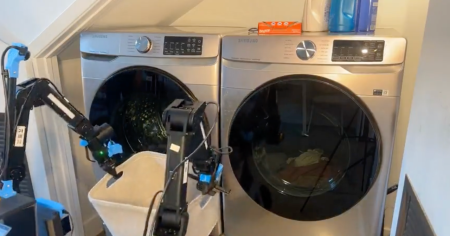At the core of CoreWeave’s operations are its data center technicians. The most skilled of them operate like a special operations unit, flying from site to site to get new data centers fired up instead of working at one campus full-time. Venturo declines to say how many miles his crack squad of technicians have logged, but he says they installed about 6,000 miles of fiber-optic cabling last year. “I probably have the most interaction with that team, more than any other team in the company, just because they are so incredibly important,” he says.
Some former CoreWeave employees say that working at the company can be needlessly intense. There’s an expectation that employees are always available. Their personal phone numbers are visible on their company Slack profiles and can’t be removed. A former employee says, frustratingly, it enabled colleagues to text him at odd hours about work.
Venturo says that a few years ago he introduced weekly massages as a perk for employees at CoreWeave’s headquarters in New Jersey, after recognizing his own back and neck pains at work. “If I feel like this, other people feel like this too,” he says. (One of the former employees says executives were mostly the only ones who felt comfortable getting treated at the office.)
In Venturo’s view, the big demands on workers have a reason. “Everything that we do is about identifying and removing problems and blockers,” he says. “We push our teams to move quickly, and when things go wrong, we lift them up by solving the problems together.”
Tight staffing and equipment supplies have sometimes affected the reliability of CoreWeave’s services as it has grown. The number of server outages started to increase as it shifted away from crypto because CoreWeave until recently had just one engineer focused on maintaining uptime, former employees say. The company sometimes didn’t have enough working GPUs to fulfill contract obligations, according to two of the sources. “They never had an appropriate number of spares,” one says. To compensate, the company skipped some testing of newly installed GPUs, the two sources say. “We don’t have another choice I think,” a vice president said in one internal Slack message seen by WIRED. Venturo says the company’s testing platform has been designed to ensure clients meet their timelines to get online.
CoreWeave’s fast pace has forced some considerations—like accounting for the company’s environmental impact—down the priority list, according to former employees. Venturo says most of CoreWeave’s data centers are operating on 100 percent renewable energy and that the company hasn’t pursued data centers in areas such as floodplains that aren’t insurable. “It’s not so frenetic that we’re put in a position where we have to make irrational choices,” he says. Asked whether CoreWeave would release a sustainability report, as some other cloud companies do, to report its water usage and efforts to reduce supply-chain emissions, Venturo told WIRED in October that it would have more to share soon. It’s yet to release any report.
Behind Your Copilot
If you’ve ever used ChatGPT, Microsoft’s Copilot, or other generative AI offerings, or image creator Stable Diffusion, you may have reaped the fruits of CoreWeave’s frenetic labors.
The company has put together facilities for Microsoft, with input from OpenAI, sources say, and is hosting a supercomputer data center for Nvidia in Plano, Texas, according to the chipmaker. CoreWeave’s Plano campus cost about $1.6 billion and runs about 450,000 square feet, around the size of the largest Ikea store in the US. Another space dedicated to a single customer is in Oregon, where it has served business chatbot software startup Inflection AI. These sites tend to have somewhere between 16,000 to 32,000 GPUs, Venturo says.
Read the full article here















